178 posts
Latest Posts by green-notebooks - Page 3

The first ever report on the state of the world’s fungi has today revealed that if the natural properties of fungus can be harnessed and developed, plastic could be broken down naturally in weeks rather than years.
Kew Gardens and a team of over 100 scientists from 18 countries have compiled the paper, which shows how different organisms can decompose plastics, clean up radioactive material and even speed up the production of biodiesel.
Found last year by a team of Chinese scientists on a rubbish dump in Pakistan, Aspergillus tubingensis breaks down bonds between plastic molecules and then splits them using its mycelia. The process takes a matter of weeks, rather than the decades it usually requires for plastic to naturally disintegrate.
“This ability has the potential to be developed into one of the tools desperately needed to address the growing environmental problem of plastic waste,” says the report.
Speaking yesterday at Kew Gardens, senior scientist Dr Ilia Leitch said: “This is incredibly exciting because it is such a big environmental challenge. If this can be the solution, that would be great.
“We are in the early days of research but I would hope to see the benefits of fungi that can eat plastic in five to ten years.”
A recent Telegraph investigation showed that British plastic sent to Poland to be recycled was actually being burned, spewing dangerous toxic particles into the atmosphere.
It is hoped that fungi could revolutionise the recycling process and provide a sustainable decomposition method for plastics.
The report also seeks to enhance the image of fungi, citing its importance in beer (yeast), penicillin, washing powder and cheese.
The most famous type of fungi - mushrooms - are consumed the world over, with the market for edible species worth £32.5 billion.
In an effort to find out which ‘lost’ species are truly extinct and which species are simply under-recorded due to lack of survey work, Kew runs a ‘lost and found fungi’ citizen science project.
Read More

But seriously, when we got our property, it was all just…grass. A sterile grass moonscape, like a billion other yards. With two big old maple trees. Just grass and maples, that was it.
But then I got my grubby little paws on it, and I immediately stopped fertilizing, spraying, and bagging up grass clippings and leaves. I ripped up sod and put in flowers and vegetables. I put down nice thick blankets of mulch around the flowers and vegetables.
When I first was sweating my way through stripping sod, I saw a grand total of 1 worm and 0 ladybugs. The ground was compacted into something that would bend shovel blades.
Now, six years later, I can’t dig a planting hole without turning up fourteen earthworms, and there are so many ladybugs here. Not the invasive asian lady beetles; native ladybugs. They winter over in the mulch and in the brush pile. I see thousands of them.
The soil is soft and rich. There are birds that come to eat, and bees of many sorts.
Like this is something that you, yourself, can absolutely change. This is something that you, personally, can make a difference in.

Repair Cafés
Repair Cafés are free meeting places and they’re all about repairing things (together). In the place where a Repair Café is located, you’ll find tools and materials to help you make any repairs you need. On clothes, furniture, electrical appliances, bicycles, crockery, appliances, toys, et cetera. You’ll also find expert volunteers, with repair skills in all kinds of fields.
Visitors bring their broken items from home. Together with the specialists they start making their repairs in the Repair Café. It’s an ongoing learning process. If you have nothing to repair, you can enjoy a cup of tea or coffee. Or you can lend a hand with someone else’s repair job. You can also get inspired at the reading table – by leafing through books on repairs and DIY.
There are over 1.500 Repair Cafés worldwide. Visit one in your area or start one yourself!
Read more…



I… I spend a lot of time talking to my husband about climate change.
Politics being what it is, I feel like societal change is where I can find hope. And hey, if we all start making choices based on preparing for an oil-free world, we can actually make oil obsolete!
[On AO3]
Sustainable fashion is not affordable
Ethically and environmentaly friendly made clothes are expensive as hell and it makes sense. Fast fashion is cheap because it uses slaves and it destroys the planet. Sustainable fashion is great but not everyone can really afford it. So I thought I’d share some tips on how to be more nature friendly while not spedning too much money:
1. Use what you have
You don’t need to buy new sustainable clothes, you don’t have to buy anything new at all. Use what you have as long as you can and as much as you can.
This doesn’t apply to clothes only. You don’t need new wooden cutlery, just take your silverware from home. You don’t need new home decorations, move things around to get the best out of them.
2. Don’t throw stuff away
People have a tendency to throw away things that are bad for the environment, but you should always think about it before you throw it away. You already own it and throwing it away is worse than using it as long as you can.
3. Thrift
Buying used is even better than buying new sustainable things
4. Buy as little as you can
Try to stop buying things you don’t need completely. Buy one tshirt that you need from fast fashion store is a lot less harmful than buying 3 just because you like them
I hope I helped and have a great week!
Do y’all ever just get ANGRY about how cool technology is inevitably used for evil. Like, smart homes could be such an exciting concept?
Imagine: your home is entirely voice activated. You can run yourself a bath when you’re exhausted and sore without having to get up to turn the water on. You can alleviate your anxiety about having left the stove on without having to leave work. The roomba can find your glasses for you when you drop them and all you have to do is ask.
Now imagine that this is all on a closed circuit! Your TV can predict what shows you’ll like, but it won’t give that information to a company that will use it for disturbingly specific advertisement. And everything has manual overrides, just in case.
Can you imagine a future where every car is self-driving? Maybe even solar powered? Or better yet, apply those same concepts to widespread public transportation! We could almost completely eliminate traffic jams.
My house could feed my cats while I’m on vacation! My fridge could tell me when I’m low on milk! I could brew coffee without getting out of bed!
Hell, most of this stuff already exists!
But nooooo, I can’t have any of it because there are people and companies out there who will actively use that stuff against me and I don’t want fucking Amazon to know what kind of underwear I own.
I’m not bitter or anything.
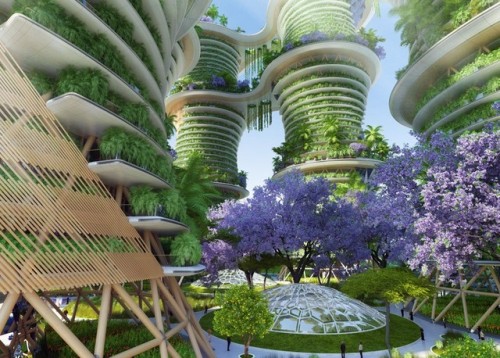


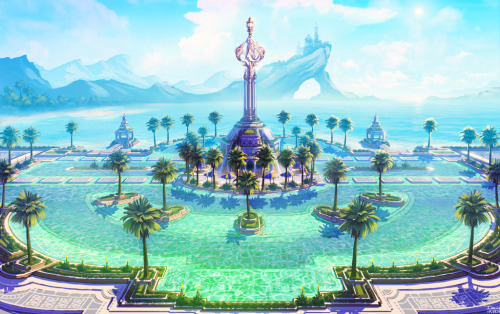



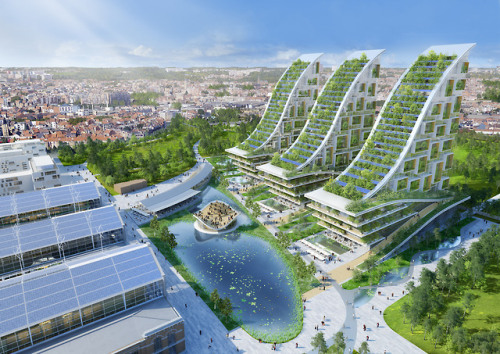

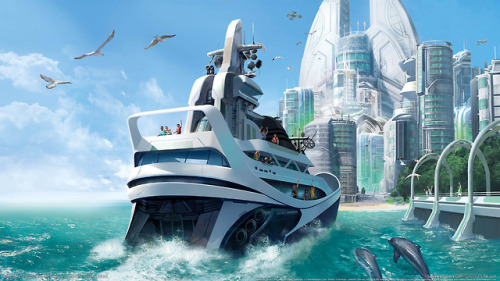
Concept: Wakandan-inspired futuristic Philippines or Neo-philippines!
Gloves that can translate sign language into speech/text

Prairies are some of the most endangered ecosystems in the world, with the tallgrass prairie being the most endangered. Only 1-4% of tallgrass prairie still exists. Prairies are critically important, not only for the unique biodiversity they possess, but for their effect on climate. The ability to store carbon is a valuable ecological service in today’s changing climate. Carbon, which is emitted both naturally and by human activities such as burning coal to create electricity, is a greenhouse gas that is increasing in the Earth’s atmosphere. Reports from the International Panel on Climate Change, a group of more than 2,000 climate scientists from around the world, agree that increased greenhouse gases are causing climate change, which is leading to sea level rise, higher temperatures, and altered rain patterns. Most of the prairie’s carbon sequestration happens below ground, where prairie roots can dig into the soil to depths up to 15 feet and more. Prairies can store much more carbon below ground than a forest can store above ground. In fact, the prairie was once the largest carbon sink in the world-much bigger than the Amazon rainforest-and its destruction has had devastating effects.
[source]

But none of the challenges posed by our warming climate has loomed larger in the popular imagination than sea-level rise. With global populations and wealth heavily concentrated in low-lying coastal cities, humanity has been preoccupied by the prospect of the oceans reclaiming the high points of our civilization. And for good reason: The best available models suggest that 37 million people currently live in places that will be below high tide by 2050 — in an optimistic low-carbon-emissions scenario.
Or rather, that’s what such models suggested before this week. On Tuesday, a new study revealed that those alarming statistics — which had gotten so many of us all worked up about our favorite cities’ impending doom — were wildly inaccurate.
The actual impacts of sea-level rise are going to be much, much worse.
Listen, folks, few understand the enormity of what is happening, nor how fast it’s occurring, and, look, I don’t count myself among those few.
The rest of us do not realize the catastrophe that is happening right now.
Maybe that’s not fair to say: the people of California probably understand all too well. Even if their home is not on fire, certainly they see the hellish red glow in the sky and cannot avoid the acrid smell of wildfire smoke.
For sure, the indigenous folk who subsist on whale meat understand the crisis, since the bowheads they hunt have not appeared. None of them. They are way out to sea, trying to avoid the warming oceans and underwater heat waves.
The people of Key West, who have endured a “king tide” flooding their city streets for 60+ days straight, probably think there’s a big problem. Some of them, no doubt, are hanging on to the foolish belief that this tide is going to subside – it’s not – it’s rapid sea level rise.
It’s not our fault though, that we do not know … did not know, because, everything we have been told, the stuff that has made it out of the media in the past decade or so, has all been based on these same “optimistic low-carbon-emissions scenarios.”
This is not the world we live in. We live in the high-emission catastrophic scenario. We were shown these, when we were shown anything at all, but we were told these catastrophic emission scenarios would never, ever – couldn’t possibly – ever be so.
Yeah, well, we were wrong about.
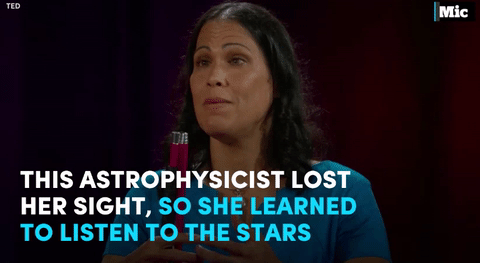

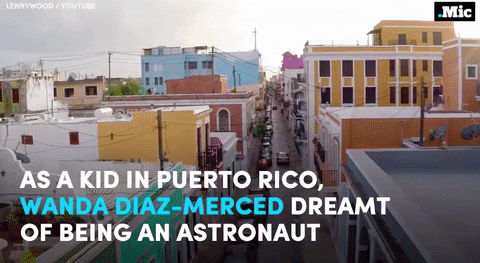
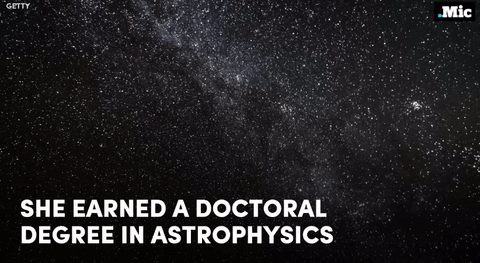
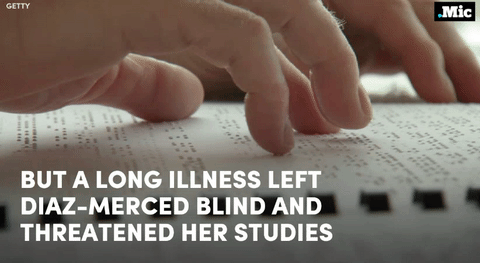

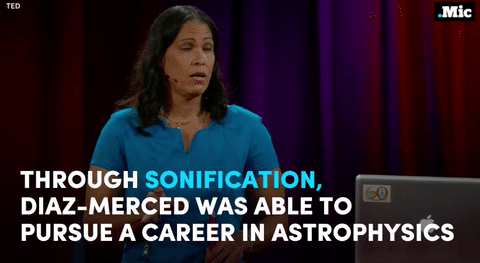




follow @the-future-now
The Human Race Must Abolish Billionaires
Hello, let’s have a talk. A talky talk. A talky talk about how and why Billionaires should not be allowed to exist, why we can, must, and should seize all of their combined wealth, and what we can do with it when we have it.
And maybe some cheeky ideas about what to do with that sorry lot once we’ve plundered all their shinies and wealth, mhm! Oh yes.
Let’s start here:

Oh my oh my oh my! What is this!
It seems that 2,754 human beings on this planet we share have over $1,000,000,000 in wealth! This simply will not do, that’s far too many. But what I’d really like to do is draw your attention to the eye-gouging sum of their total wealth.
$9,200,000,000,000.
Truly a staggering sum. In fact, it’s so staggering, it’s achieved what really big numbers can do where they no longer really contain any conceivable value. It is truly difficult for the human mind to conceive of this kind of largeness, and it can even trick you into thinking, hey, this isn’t that much bigger than 9.2 million! Which isn’t all that much, really.
I’m so sorry but that’s wrong.
So how much is 9.2 Trillion?
A useful way to look at numbers is to use a scale we encounter every day: the second. I refer to this excerpt from a helpful letter to the New York Times written in 1986:
“I found that 1,000 seconds ago was equal to almost 17 minutes. It would take almost 12 days for a million seconds to elapse and 31.7 years for a billion seconds. Therefore, a trillion seconds would amount to no less than 31,709.8 years.
A trillion seconds ago, there was no written history. The pyramids had not yet been built. It would be 10,000 years before the cave paintings in France were begun, and saber-toothed tigers were still prowling the planet.”
That’s just 1 Trillion seconds. 9.2 Trillion seconds is 291,730.16 years ago! Recorded history doesn’t even go back that far. The lost island in the North Sea Doggerland was still around back then. The land bridge between Russia and Alaska was still around. Starting to get how much money $9.2 Trillion is?
For the sake of argument, let’s say that these 2,754 people are one person (and for the sake of humanity’s scale, they might as well be), and decide to spend their cash. What can they do with $9.2 Trillion dollars?
What about a castle? Castles are cool! I’d like a castle. They gotta be expensive right?
The Devizes Castle, built in the 12th century, was sold for $3.2 million. On our time scale, that’s just about 39 days out of 291,730.16 years. But that’s not even close to the most expensive castle. That’s probably the Asheford Castle, in Ireland, also from the 12th century, valued around $68m. That’s a bit bigger of a chunk, coming around to about 3.2 years out of our budget of 291,730.
Okay, we have a swanky place to live. How about a plane to fly there? Or a boat? Let’s buy the best ones of each.
Luxury jets are easy: you want a Gulfstream IV - clocking in at $38m. There are other, much more expensive planes, but they are more straight up commercial airliners or tactical bombers. For a single person, a Gulfstream is really where it’s at.
Yachts? The choices here are way more varied. Technically, the world’s most expensive yacht is the History Supremee at $4.5 Billion, but this is just a mere 100-foot vessel coated in pure gold and platinum. Let’s go bigger, but slightly cheaper, and get the Eclipse, a 536 foot long, $1.5 Billion dollar vessel that is sure to make all the less rich people envious.
Why not a car? The most expensive car is the Koenigsegg CCXR Trevita, coming in at a mere $4.8 Million.
If we add this all up, it’s $1,042,500,000. This is 33 years.
You can buy the world’s most luxurious castle, jet, yacht, and car, and only use 35 years out of the budget of 291,730.
In FACT: if every single one of the 2,754 billionaires could buy one of the most luxurious castle, jet, yacht, and car each, there would still be $6.3 TRILLION left over between them.
Starting to get the picture?
There is no logical, moral, ethical, or even comedic argument to be made for even 10,000 people to have access to $9.2 Trillion in wealth, much less 2,754. They simply cannot spend this wealth on a meaningful, individual level. It can only be hoarded, and used to create more wealth.
Now, let’s say we forcefully take their money, and liquidate all their assets, and we, the people, now have $9.2Trillion in fungible cash. Let’s say, for the sake of argument, that the $200 billion that we need to drop to make this an even 9 gets lost in depreciation. That’s almost 2%, so, I feel that’s not a difficult or even unfair argument to make.
So, let’s say after seizing these bastard’s wealth and liquidating it we have $9Trillion left over. What can we do with all of that?
It would only cost about $55 Million to fix Flint. Let’s do that.
The most bloated estimates say it would cost $265 Billion to end world hunger and malnutrition. Let’s do that.
What about education? What if we forgave all the American student loans? That’s a hefty $1.4 Trillion, but, we have it to spare.
Reducing Greenhouse Gasses is a tricky one. Planting trees to offset carbon emissions is a good idea, so, let’s fund some projects to do that.
“The cost to plant a tree varies depending on the location of the project and the type of tree being planted, and ranges between approximately one dollar to three dollars per tree.” - Plant a Billion Trees
So, $3Billion for a billion trees. Nice. That’ll regreen the landscape quite a bit, and this is just one example of a single effort to reforest multiple lost jungles. Let’s fund five such projects, bringing the total to 5 billion trees and $15 Billion dollars.
What about Solar? What if we made a Solar Farm in the Sahara to cover the energy use of the entire planet? The cost of the project will be about five trillion dollars assuming we could figure out the infrastructure to support it.
What’s that got us, totaled up? We’ve spent $6.68 Trillion. We’ve got about $2.3 Trillion left over. We’ve ended world hunger, forgiven all American student loan debt, replanted billions of trees, and the world, in theory, is on 100% solar power now. Seems like a pretty rosy state of existence. And we still have 72,932 years of our time/money left over. That’s almost enough left over to buy every billionaire the most luxurious castle, jet, yacht, and car.
FUCK. THAT.
So, clearly, it is an illogical, immoral act for a billionaire to hoard all this wealth, when we’ve seen what we can do with it. What should we do with them?





Grow Your Own Avocado and Oak Trees at Home with These Minimalist Glass Vases
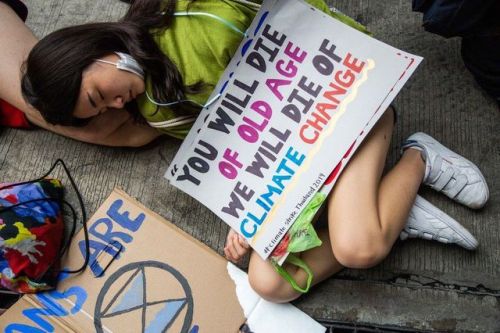
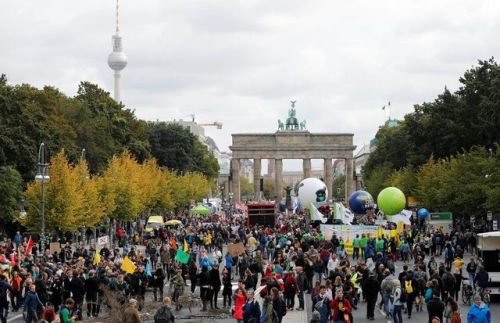
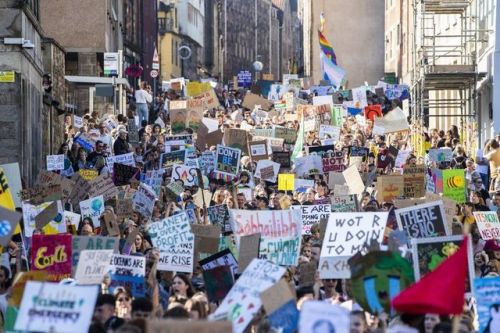
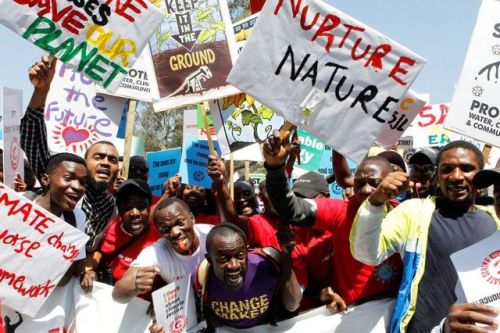
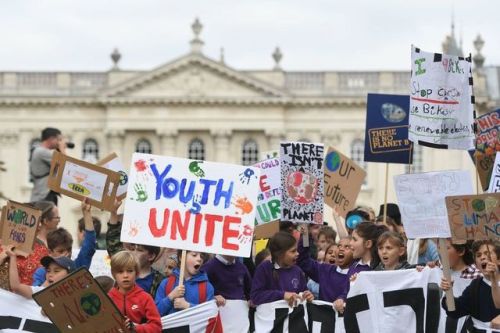
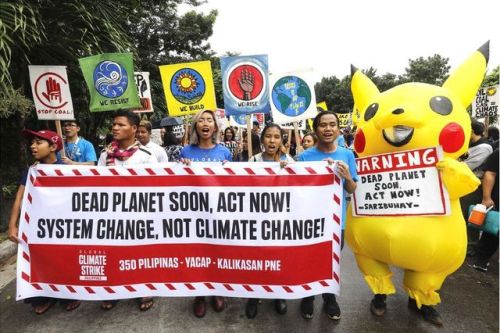
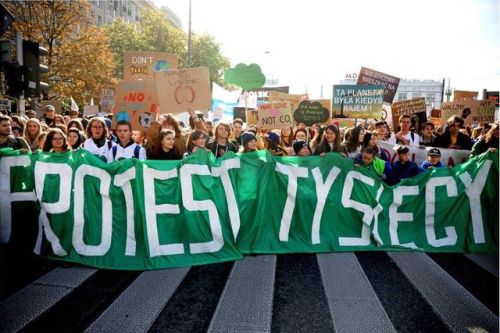
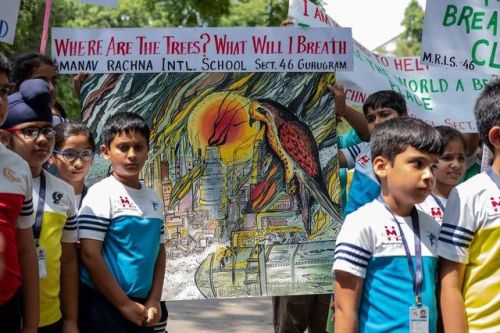
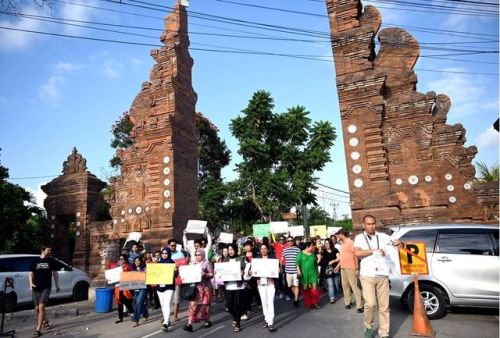

BBC: Millions attend global climate strike
“A global climate strike is under way, with millions of people protesting for “an end to the age of fossil fuels and climate justice for everyone”.”
I see a lot of climate change misinformation circulating on this site. I wish I had the mental capacity to write up something eloquent right now, but in short:
Yes, the situation is pretty dire. But the whole “twelve year deadline” thing is a massive oversimplification.
We’re already experiencing climate change and it will get worse the longer we don’t act. It’s not a binary “it happens or it doesn’t” situation. Twelve years an estimate for how soon we need to drastically alter our infrastructure in order to land at or under two degrees of warming, which is an essentially arbitrary marker that we’re trying to avoid. Two degrees will still be Bad, capital B. But it’s better than three, four, five, or more degrees of warming.
Even if we stopped emitting carbon today, we’d continue to see warming for several more years because that kind of lag is built into our climate system. We can’t just stop at any time and have things go “back to normal.”
A lot of these fearmongering articles are based on the IPCC reports, which are excellent sources based on the best research done worldwide. You can read them for yourself here.
Please remember to fact-check for yourself and don’t give in to despair, on this as with all other issues.
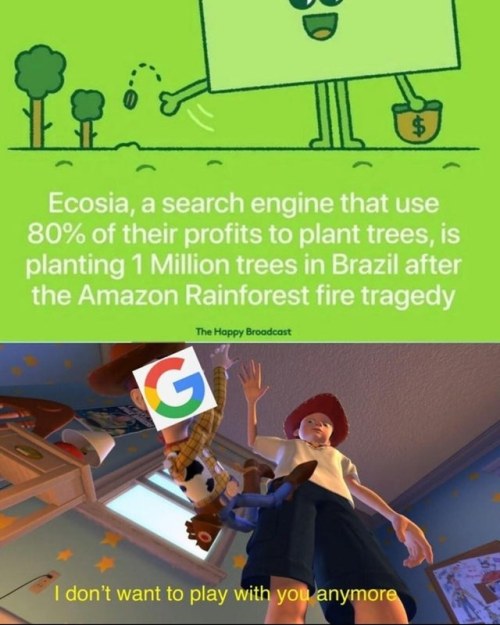
Programmers are the greatest browsing community (SO mostly)…We can singlehandedly save the planet.


I've just now found out about the amazing Autumn Peltier. She deserves so much more coverage than i've seen.
I hope all of the adults making fun of a 16 year old girl for giving a shit about her generation’s future know every single one of their words has been recorded, broadcast and archived forever, and that when their apocalypse can no longer be denied people will watch and read what they said and will remember them only as the viscious, pathetic and self-destructive villains that they are, not worthy of the dirt their bodies will be buried in. Billions will scream out in pure hatred and anger and curse your names like nobody ever has before in history. That will be your legacy. I hope you’re fucking proud.
for all of you guys getting anxious about the environment and pollution
y’all deserve to hear the good news too, and yes i fact checked these.
7 miles of habitat for bees will be planted in london
the biggest coal plant in north america has been converted to solar panels
roads in edinburgh will close once a month to help pollution
maine has banned styrofoam
new york city and los angeles have both made “green new deals”
The london marathon replaced 200,000 single use water bottles with seaweed water pods
the bees in notre dame survived the fire, and the roof could possibly built in a more eco-friendly way.
the population of flightless kakapos (a cool bird) is rising
the carbon emissions in the uk are the lowest they’ve been since 1998
Another large bee habitat (.5 mil acres) has been created
there is a robot that delivers young coral to help repopulate the great barrier reef
portugal plans to stop using plastic on fruit, vegetables, and bread by 2020
106 new species of bees have been discovered in australia since 2010
a group of Sikhs plan to plant 1,000,000 trees as a gift to the earth
disney has made a mickey-shaped solar farm
Morgan freeman turned a 124 acre ranch in mississippi to a bee habitat
China plans on making a “forest city” to help clean up their air
An increasing amount of countries and states are beginning to ban single use plastics.
A couple replanted a whole forest in brazil (2.7 mil trees) in 20 years, and the animals have come back to live there
The hole in the ozone layer is repairing itself more each year
China plans on spending 360 billion dollars to improve renewable energy and has scrapped plans for coal powered plants that were going to be built.
A national park has been built in the amazon (3.3 mil acres in peru) to preserve the rainforest
Ireland and the uk have declared a climate emergency
The guy who played aquaman (jason momoa) has spent 31,000 dollars to help clean up plastic
South korea is now recycling 95% of food waste
There is a cleanup campaign being planned for mt. everest
Puerto rico wants to use all renewable energy by 2050 and is setting official goals for that
Some schools have special water bottle fill-up stations that encourage you to use refill and reuse plastic bottles rather than throwing them out after one use, these are becoming more common.
9 endangered species are thought to make a comeback this year
20 countries in africa are planning to make a “green wall” of trees and plants that will span the width of africa to stop desertification
recently, a lot of volunteers and organizations are planting a ton of trees.
Awareness about the environment and climate change is growing super fast right now among people and countries, which will only help us
Most pollution is caused by like 100 companies, but a few of those (like pepsi) are trying to cut down on that.
if this stuff keeps happening things will get even better, and the only thing stopping us really are those big companies who don’t want to pay the money to switch to more eco-friendly energy sources. i know the media tends to cause fear and stress about this stuff for a lot of people, but there really is hope.
easy things we can do:
Recycle
Plant gardens in your yard for bees if you can
Participate in community volunteer things that plant trees and gardens
Theres this search engine called ecosia that plants a tree for every 45 searches you make, it has almost 2 mil users.
Pick up trash if you see it when you’re at the beach or in nature
If you have a fair amount of money, consider donating some to trustworthy environmental organizations
Start using a reusable water bottle (like those ones at target) rather than relying on single use plastic ones.
Cut the plastic rings on plastic milk bottles. You know, the little spiky plastic ring near the cap. Birds get those things stuck around their neck and die, so cut them so that they can’t get stuck on a neck.
If you can afford it, get some of those reusable grocery bags and sue those. most grocery stores have them, and it saves a lot of waste.

“Is it possible to turn things around by 2050? The answer is absolutely yes,” says Kai Chan, a professor at the Institute for Resources, Environment and Sustainability at the University of British Columbia.
Many scientists have been telling us how the world will look like, if we don’t act now. However, others, like Chan, are tracking what success might look like.
They are not simply day-dreamers either. They aren’t being too optimistic. They are putting together road maps for how to safely get to the planet envisioned in the 2015 Paris Agreement, where temperatures hold at 1.5 degrees Celsius higher than before we started burning fossil fuels, this article from July states.
“Three decades is enough to do a lot of important things. In the next few years—if we get started on them—they will pay dividends in the coming decades,” says Chan, the lead author of the chapter on achieving a sustainable future in a recent UN report that predicted the possible extinction of a million species.
Making these changes won’t mean years of being poor, cold and hungry before things get comfortable again, the scientists insist. They say that if we start acting seriously NOW, we stand a decent chance of transforming society without huge disruption.
No doubt, it will take a massive switch in society’s energy use. But without us noticing, that’s already happening. Not fast enough, maybe, but it is. Solar panels and offshore wind power plummet in price. Iceland and Paraguay have stripped the carbon from their grids, according to a new energy outlook report from Bloomberg. Europe is on track to be 90 per cent carbon-free by 2040. And Ottawa says that Canada is already at 81 per cent, thanks to hydro, nuclear, wind and solar.
Decarbonizing the whole economy is within grasp. We can do this.
“If we have five years of really sustained efforts, making sure we reorient our businesses and our governments toward sustainability, then from that point on, this transition will seem quite seamless. Because it will just be this gradual reshaping of options,” Chan says, adding: “All these things seem very natural when the system is changing around you.”
I'm kinda meh about roof gardens/ grass roofs bc they can accumulate a lot of weight and collapse/ cause leaks
But living walls? Mighty sexy
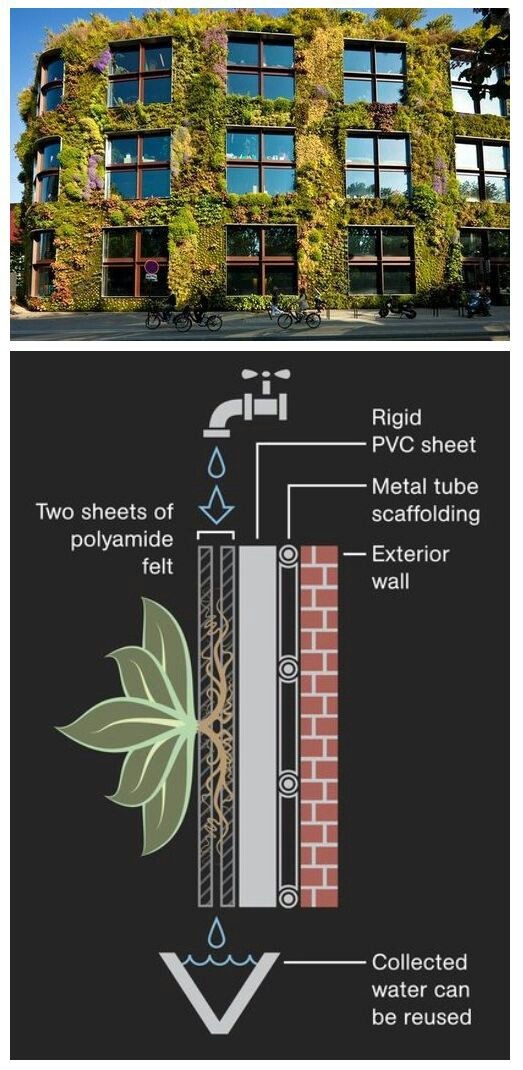
They provide natural insulation, which not only keeps the heat in during cold days, but keeps the heat out during hot ones. It's better planned and maintained than vines (depending on the plant ofc).
Flooding in urban areas can be reduced since the roots and the growing medium will hold in moisture. Air can be purified, and heat can be reduced because of evaporation.
I just love living walls




Happy Earth Day!! Tick off your progress of your zero-waste journey! How many do you do already and how many will you be able to do by the end of the year?
Going zero waste is something that everyone adapts to differently according to what they have available, so do what you can, be aware and spread the word!
I wanted to add a link to every product, and I also need to add some other things but if you want to help me out that’d be great!
oh godddd

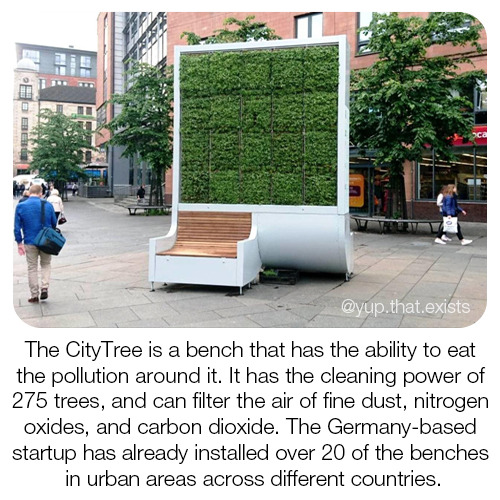


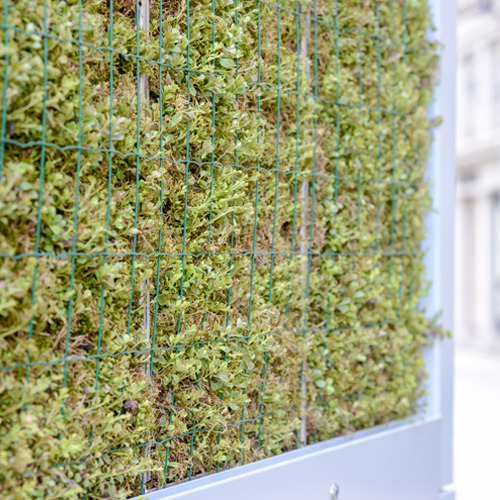

Scientists in Norway and Switzerland have proposed that “Solar Methanol Islands” could use solar energy to recycle atmospheric CO2 into methanol fuel.
The idea arose when scientists were trying to find a way to provide electricity to future off-shore fish farms without access to power grids. Solar energy could power hydrogen production and CO2 extraction from seawater, which would produce gases that could be reacted to form methanol.
The team of scientists wrote:
“Humankind must cease CO2 emissions from fossil fuel burning if dangerous climate change is to be avoided. However, liquid carbon-based energy carriers are often without practical alternatives for vital mobility applications. The recycling of atmospheric CO2 into synthetic fuels, using renewable energy, offers an energy concept with no net CO2 emission.”
Currently, the team of scientists is working on prototypes for the floating solar islands.
Thanks to @sabre-fish for sending this in!

what is permaculture? an illustrated introduction // maddieraithby.co.uk

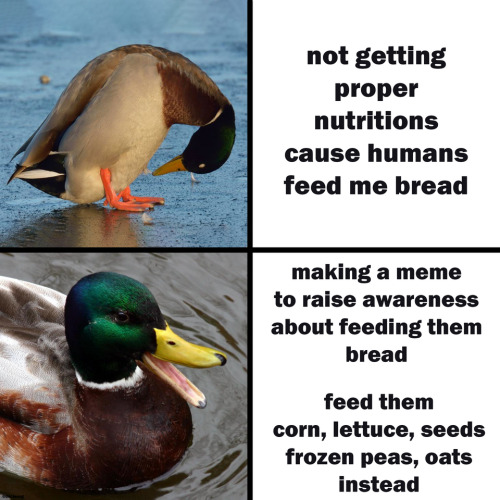
Need to be mindful for our feathered friends!







